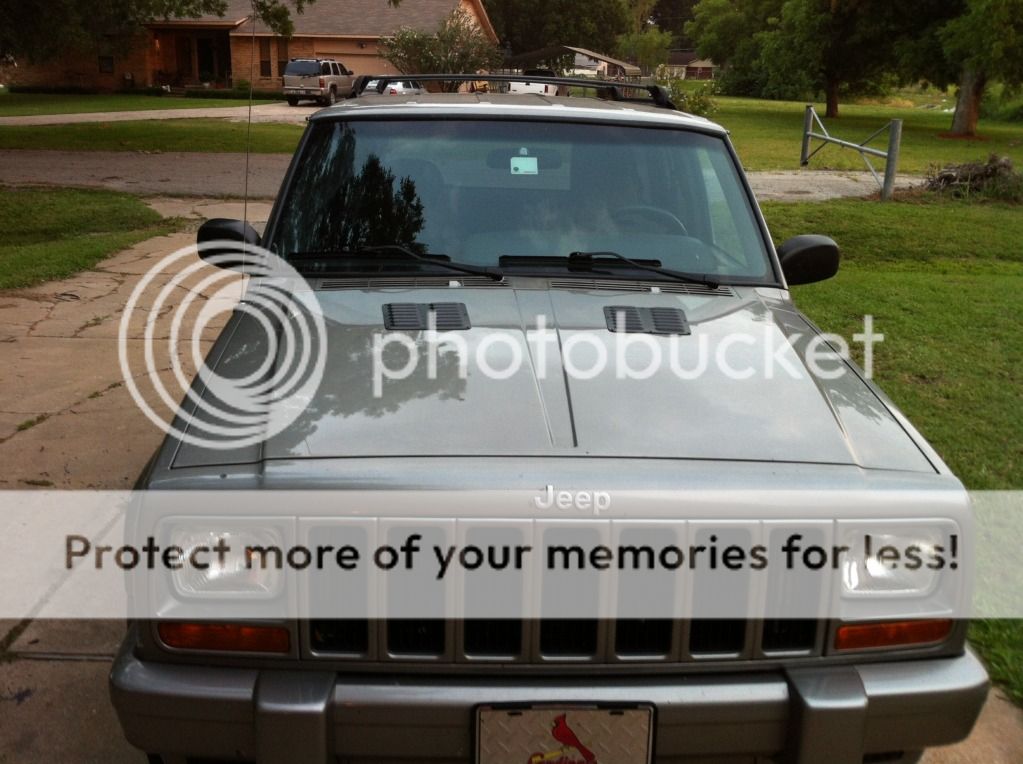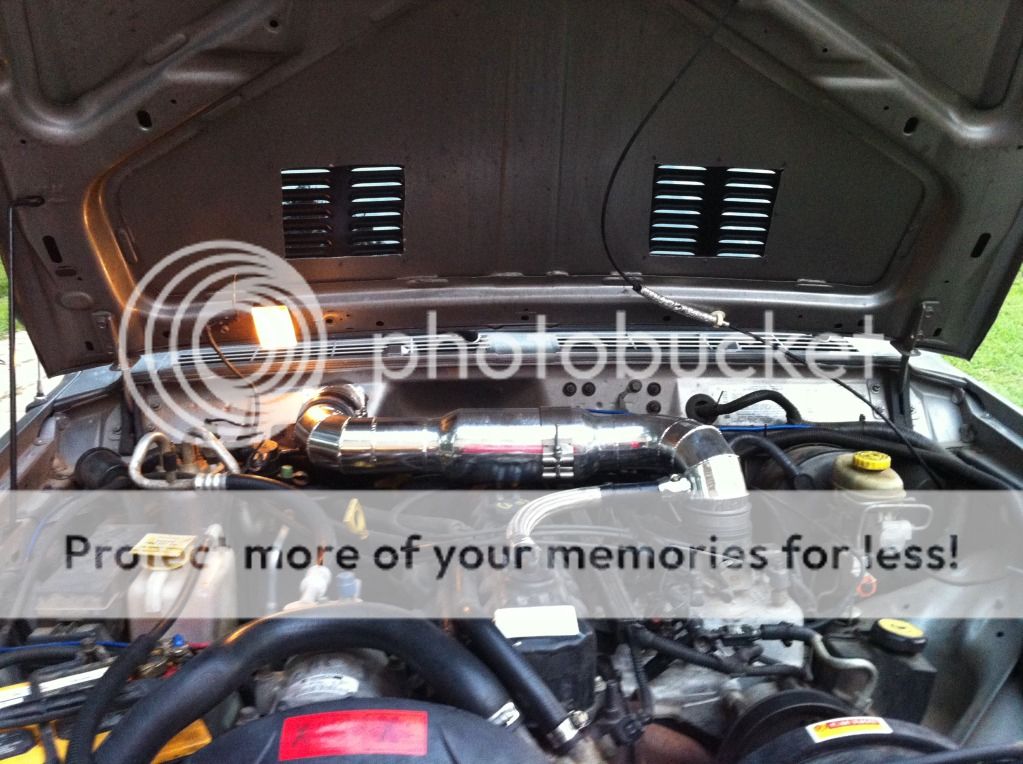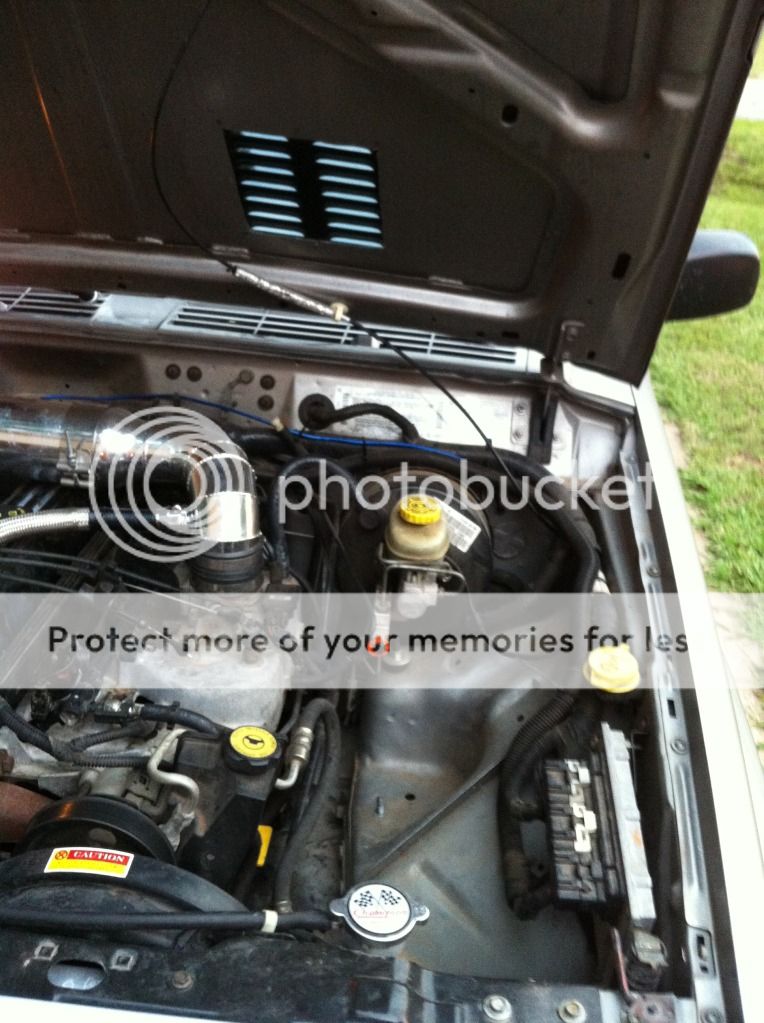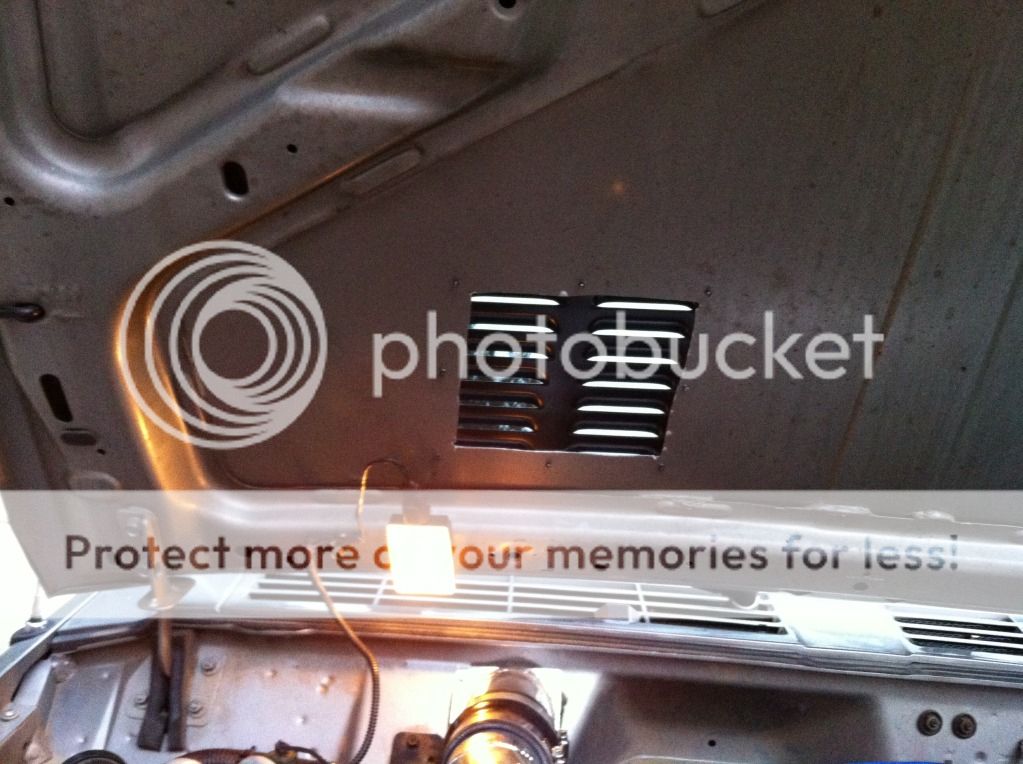I think i figured out a nice way to relocate the IAT sensor without cutting or extending the wiring.
since I'm running a spectre cowl intake, i had the idea to relocate my IAT to the cowl area, just above the brake booster, I freed up the 2 wires for the IAT from the wiring loom, got a new IAT sensor and drilled a 13mm hole in the cowl.
I then used a 22mm nut and washer to fix it from the other side, from inside the cowl.
 [/IMG]
[/IMG]

I checked that its working using my innovate 02 reader and its reading slightly higher than ambient in idle with the car hot, and exactly ambient while driving:greensmok
since I'm running a spectre cowl intake, i had the idea to relocate my IAT to the cowl area, just above the brake booster, I freed up the 2 wires for the IAT from the wiring loom, got a new IAT sensor and drilled a 13mm hole in the cowl.
I then used a 22mm nut and washer to fix it from the other side, from inside the cowl.


I checked that its working using my innovate 02 reader and its reading slightly higher than ambient in idle with the car hot, and exactly ambient while driving:greensmok







